
New research suggests black holes may transition into 'white holes', ejecting matter and potentially even time back into the universe, defying our current understanding of these cosmic giants.

In 2007, astronomers discovered the Cosmic Horseshoe, a gravitationally lensed system of galaxies. New research reveals the presence of an Ultra-Massive Black Hole in the foreground galaxy with a staggering 36 billion solar masses.

Using the James Webb Space Telescope, scientists witnessed a brilliant light show at the heart of our Milky Way galaxy.
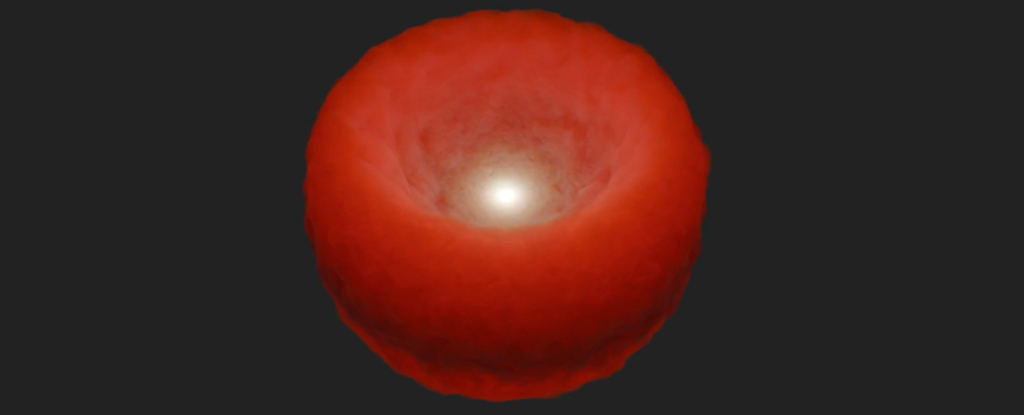
By some reckoning, as few as 15 percent of supermassive black holes are hidden behind dust clouds.
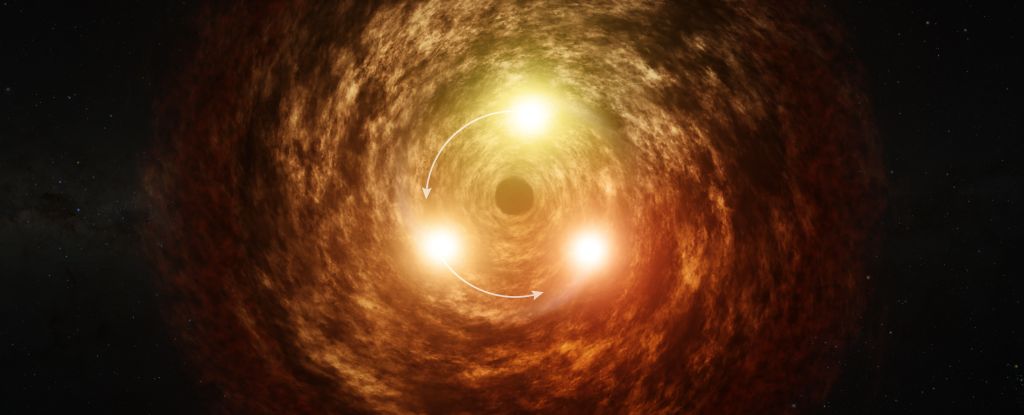
As far as supermassive black holes go, the one at the center of the Milky Way is relatively sedate. But on 6 April 2024, the black hole let out a flare observed in mid-infrared wavelengths, followed by a radio flare counterpart.
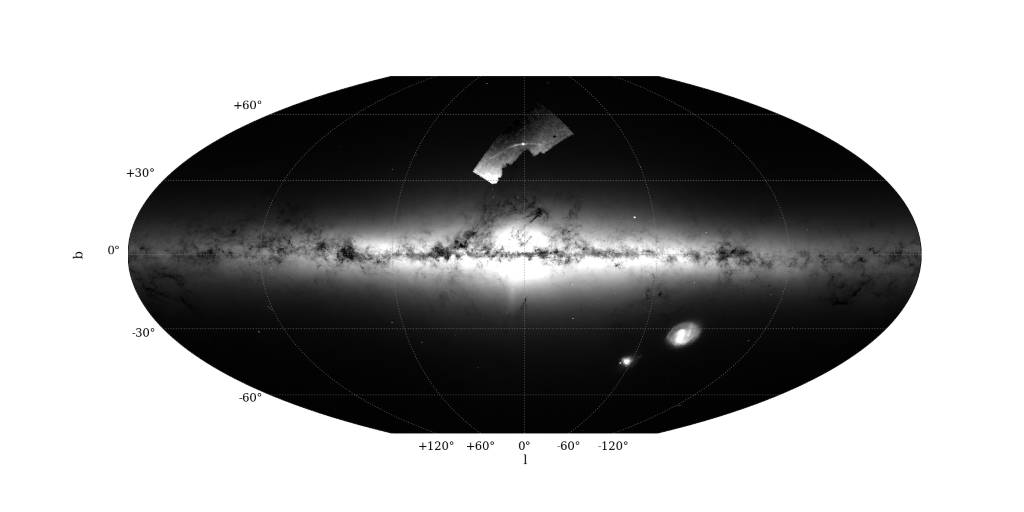
An international team of astronomers show that distinguishing features of Palomar 5 star cluster are likely the result of an oversized black hole population of more than 100 black holes in the center of the cluster.

MIT astronomers observed flashes of X-rays coming from a supermassive black hole at a steadily increasing clip. The source could be the core of a dead star that's teetering at the black hole's edge.

Using the Hubble Space Telescope, astronomers homed in on a quasar called 3C 273, some 2.5 billion light-years from Earth.

There's a supermassive black hole lying in the centre of galaxy NGC 5084, and astronomers have discovered that the black hole appears to be tipped over on its side.

The plot has just thickened in the mystery tale about the unseen mass skulking inside the largest cluster of stars in the Milky Way galaxy.
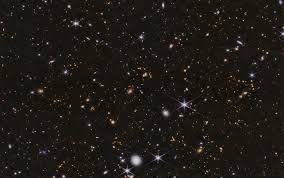
Galaxy clusters -- the big cities of the universe -- are home to many giant elliptical galaxies that have completed their growth and are not forming stars. However, it is still unclear what has shut down star formation.
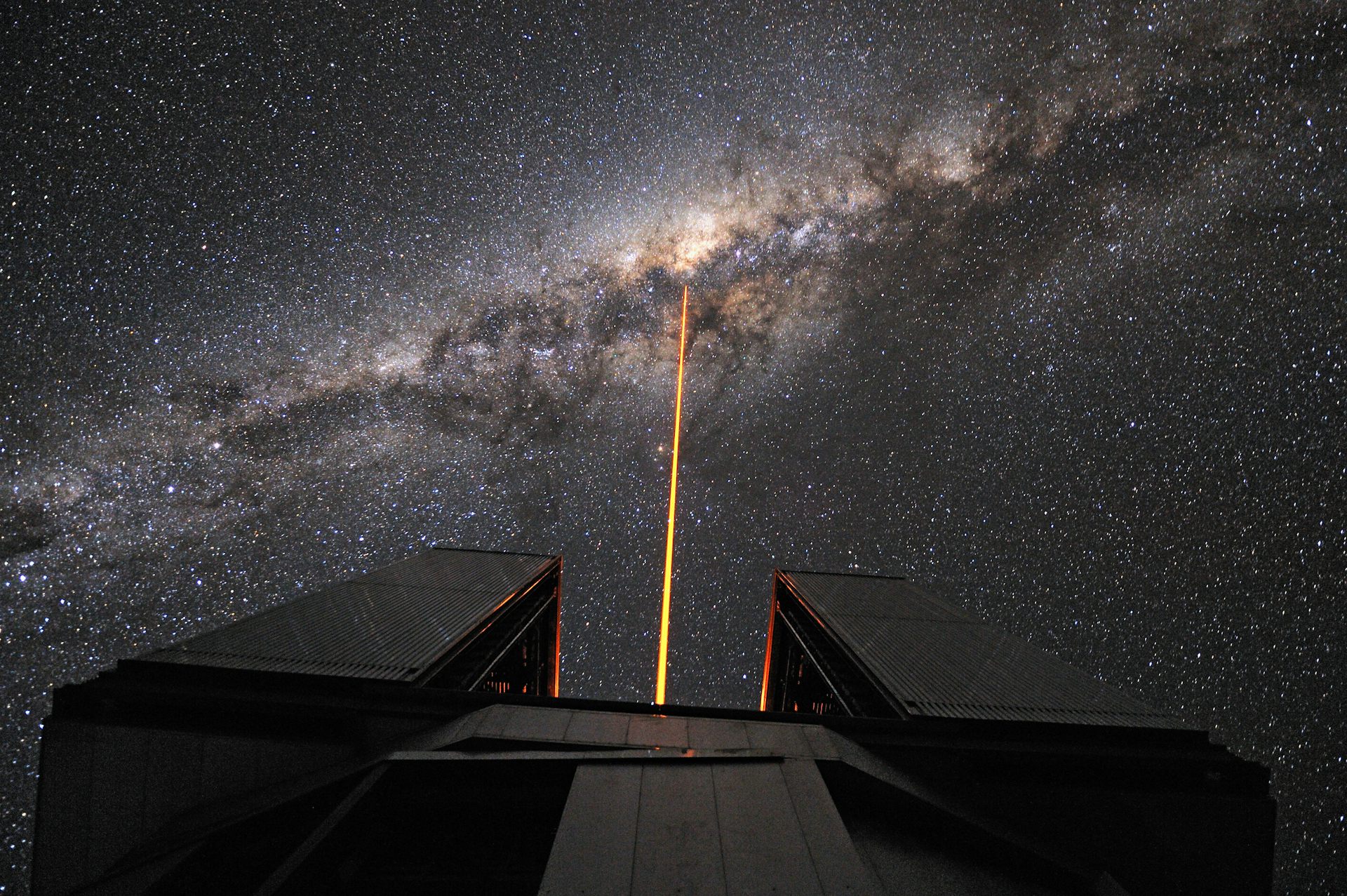
The discovery helps explain a long-running cosmic mystery about why some stars hurtle through space much faster than others.

Astronomers made a photo of a colossal belch – a gamma-ray eruption from one of the powerful jets of plasma launched from the black hole's poles as it feeds.
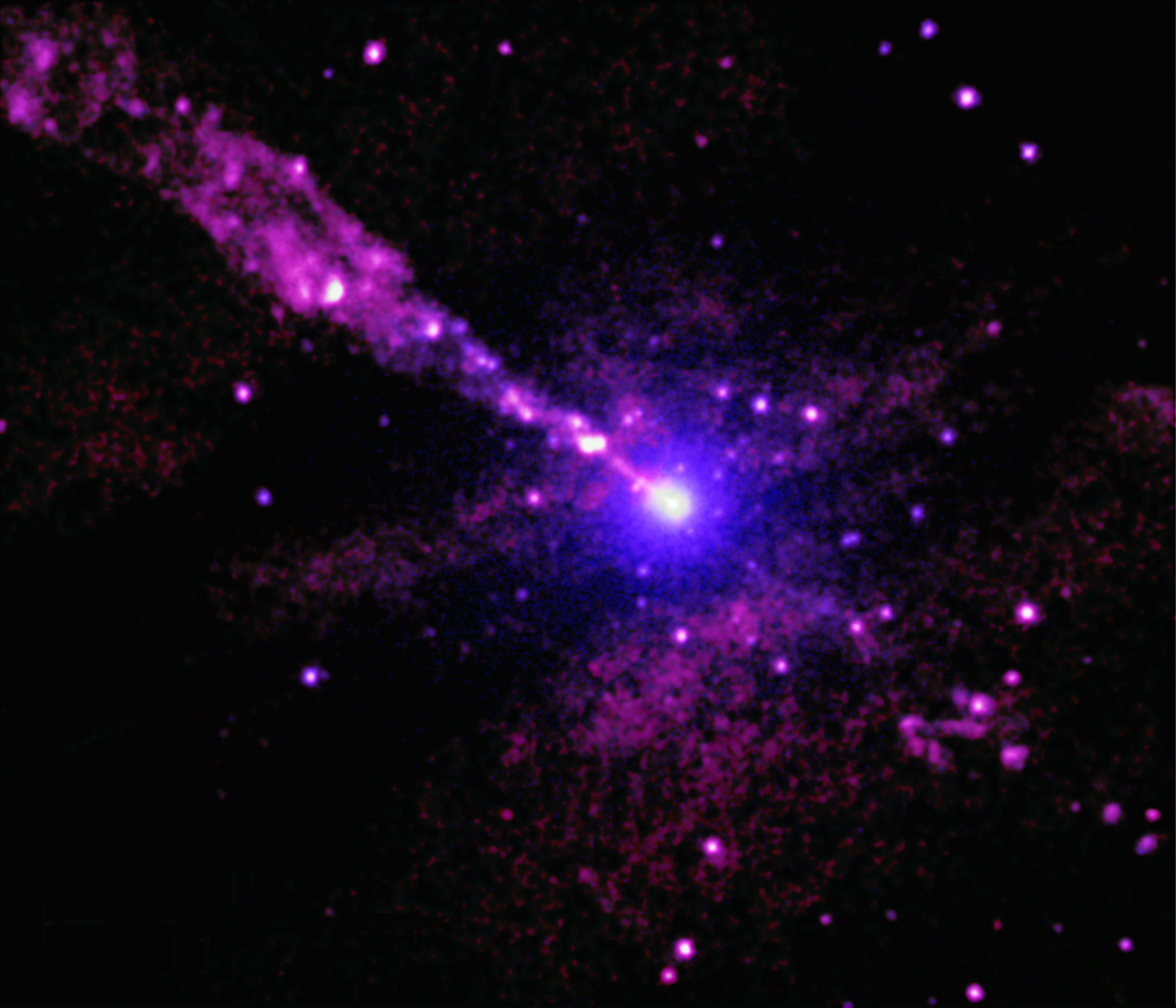
Using NASA’s Chandra X-ray Observatory, astronomers have found an unusual mark from a giant black hole’s powerful jet striking an unidentified object in its path.
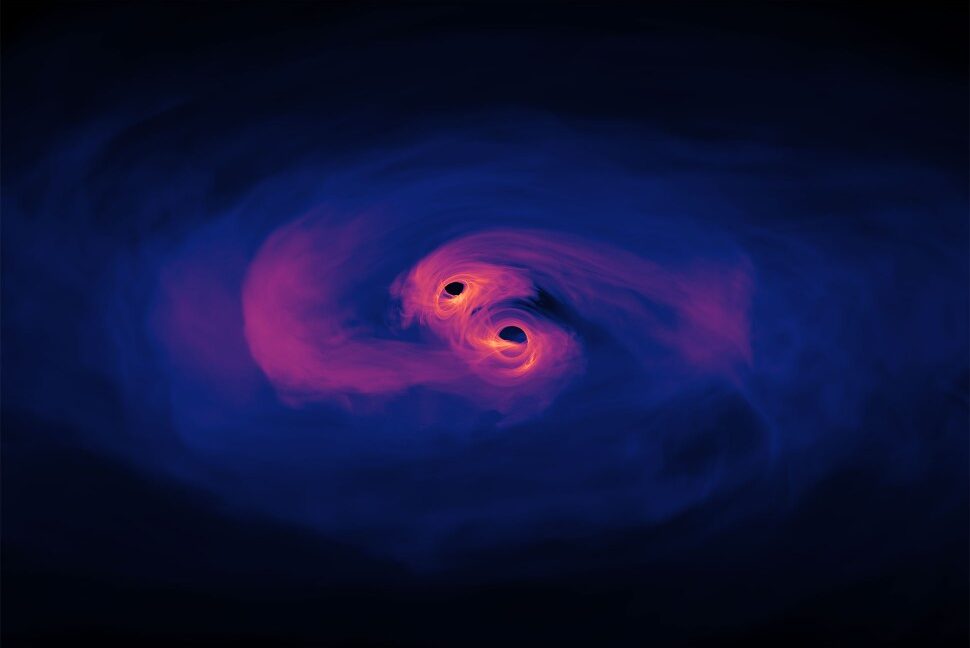
Their orbit periodically takes them through a cloud of gas, triggering flares.